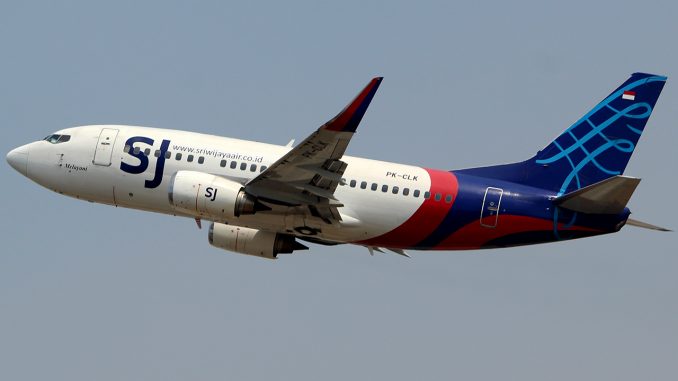
A Sriwijaya Air Boeing 737-500 operating flight SJ182 from Indonesian capital Jakarta to Pontianak has crashed into the sea shortly after departure from Jakarta.
Radar contact with the Boeing 737 was lost about five minutes after departure. ADS-B flight tracking services showed the aircraft making a rapid descend before losing contact at 2:40 pm local time on Saturday.
Indonesian officials have confirmed there were 62 people on board the aircraft, with those consisting of six crew members and 56 passengers, the latter including 46 adults and ten children. It is considered unlikely that there are any survivors among the passengers or crew. Some items of debris from the aircraft had already been recovered on the day of the accident.
On January 10, search and rescue teams have found large parts of the fuselage of the 737 underwater and have located the position of both the Flight Data Recorder and the Cockpit Voice Recorder (known as “black boxes”). First human remains have also been recovered floating on the water surface alongside smaller metal fragments and other aircraft pieces.
Three days after the accident, the Flight Data Recorder was recovered from a depth of 23m (75 ft) below the sea surface. It has subsequently been handed over to Indonesia’s Aircraft Accident Investigation Commission (AAIC).
The aircraft involved was registered as PK-CLC, a 26-year old Boeing 737-500 that was first delivered to Continental Airlines in 1994. Sriwijaya Air took delivery of the plane in 2012 and has operated it ever since.
More than six hours after the accident, American aircraft manufacturer Boeing first stated it is aware of the “media reports from Jakarta” and is “gathering more information”. Three hours later, the company posted a similar statement, this time adding that it is in contact with its “airline customer”. The Boeing 737-500 involved is a variant of the so called ‘Classic’ family. It is the predecessor of the 737 ‘Next Generation’, which is followed by the current 737 ‘MAX’ family.
Jan-Hendrik is an aviation enthusiast from Germany, loves to travel the world and fly on as many aircraft as possible. His first flight was with a Condor 757 to Spain and has been interested in aviation ever since. His fields of expertise are aircraft accidents and passenger experience (PaxEx).



